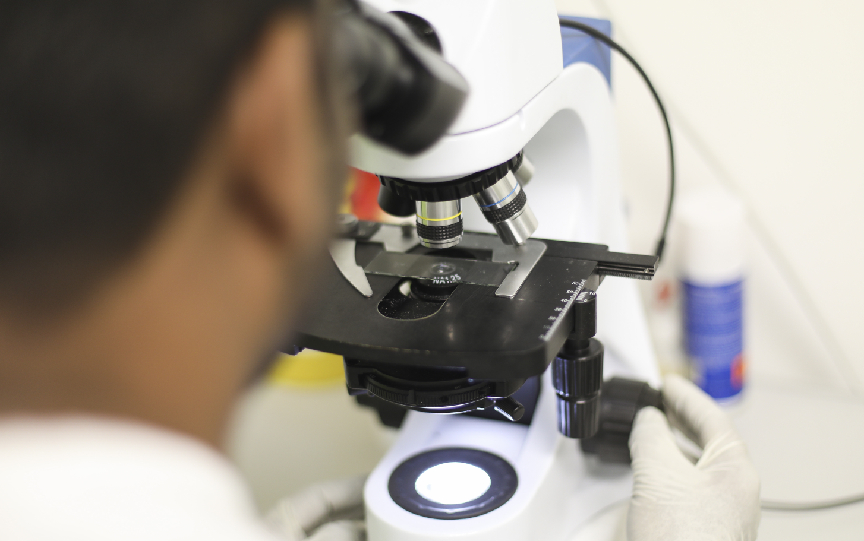Compartmentalised metabolic programmes in human anagen hair follicles: New targets to modulate epithelial stem cell behaviour, keratinocyte proliferation and hair follicle immune status?
Purba et al. Exp Dermatol 2021
Lactate, the end-product of aerobic glycolysis (Warburg effect), is important for much more than just energy metabolism and is now recognized to impact on many aspects of cell and tissue physiology, ranging for immunomodulation to regulating stem cell activity. In a new Hypothesis paper, we have explored the novel hypothesis that enzymatically controlled metabolic processes such as aerobic glycolysis do not occur homogeneously throughout human hair follicles (HFs), but differ strikingly between defined HF compartments. This novel concept is based on immunohistological evidence that key metabolic components, such as lactate dehydrogenase A, which converts pyruvate to lactate, certain glucose and lactate transporter proteins, and pyruvate dehydrogenase are strategically distributed in distinct epithelial microcompartments of our scalp HFs. These unevenly distributed metabolic activities may differentially regulate important HF functions, such as cell proliferation in the hair matrix, growth factor production and energy metabolism in the HF’s outer root sheath, bulge stem cell functions, the HF’s immune status, and may even influence the microorganisms that live in the HF (HF microbiome).
This scenario is exciting for several reasons: It underscores that lactate is far more than just a mere metabolic waste product, but a potential key factor in controlling multiple different aspects of human HF growth, pigmentation, and immunity. Moreover, our new concept suggests that even cosmetic agents or food supplements may be able to target defined metabolic activities in the HF more selectively than hitherto thought possible, thus opening new avenues for therapeutic intervention without necessarily having to employ drugs.
Dermal adipose tissue secretes HGF to promote human hair growth and pigmentation.
Nicu et al. J Invest Dermatol 2021
In recent years, it has become appreciated that fat cells (adipocytes) exert a lot more than just metabolic tasks, such as thermoinsulation and energy storage in the form of lipid synthesis. We now know that they secrete many potent growth factors and hormones (adipokines) which impact on general metabolism, immune responses and even “talk” to our brain. Even though it has long been known that hair follicles (HFs) and the fat cells (adipocytes) that surround them influence each other profoundly, this intriguing two-way communication remains to be targeted therapeutically in the clinical management of hair growth and pigmentation disorders. One key reason for this that almost nothing about it is known in human skin, since essentially all information on HF-adipocyte communication has arisen from mouse studies. In particular, it was unknown how the dermal white adipose tissue (dWAT) around our scalp HFs impacts on hair growth and pigmentation.
In a recent landmark study, researchers from the University of Manchester and the University of Miami have teamed up with Monasterium Laboratory to shed light on this in human skin. First they showed that the presence or absence of dWAT around a scalp HF makes a huge difference, for example with respect to how long a scalp HFs continues to grow in organ culture and how much pigment is produces. They then managed to identified a novel, therapeutically targetable key player in HF-dWAT interactions that, in contrast to adipokines, had not been on anyone’s radar: hepatocyte growth factor (HGF). This arguably most powerful and versatile of all HF-associated growth factors is secreted by dWAT cells in human scalp skin to promote hair growth and pigmentation by stimulating its high-affinity receptor (c-Met) expressed in the HF epithelium. This work not only has provided the first evidence adipose tissue greatly impacts on human hair growth and pigmentation, but also has identified an attractive new signaling pathway target for therapeutic intervention in human hair growth and pigmentation disorders.


